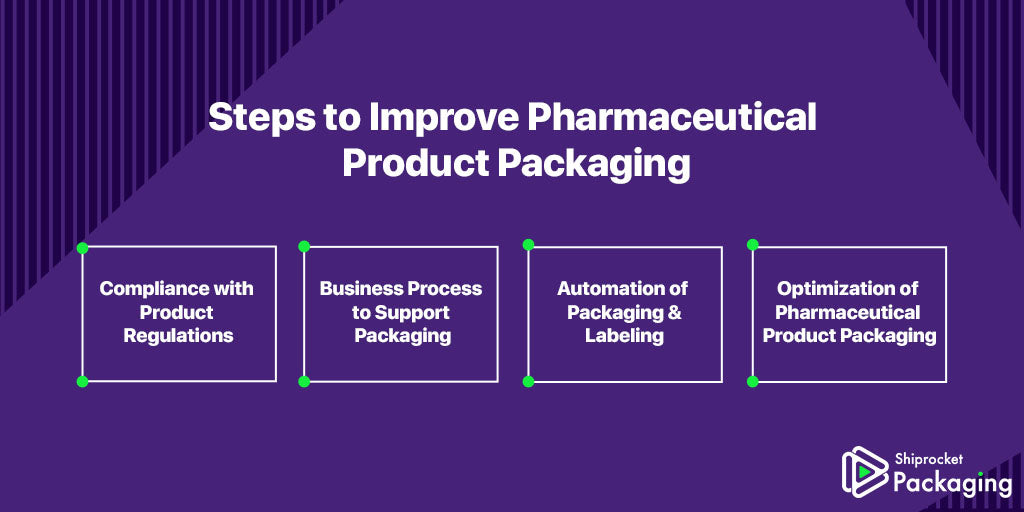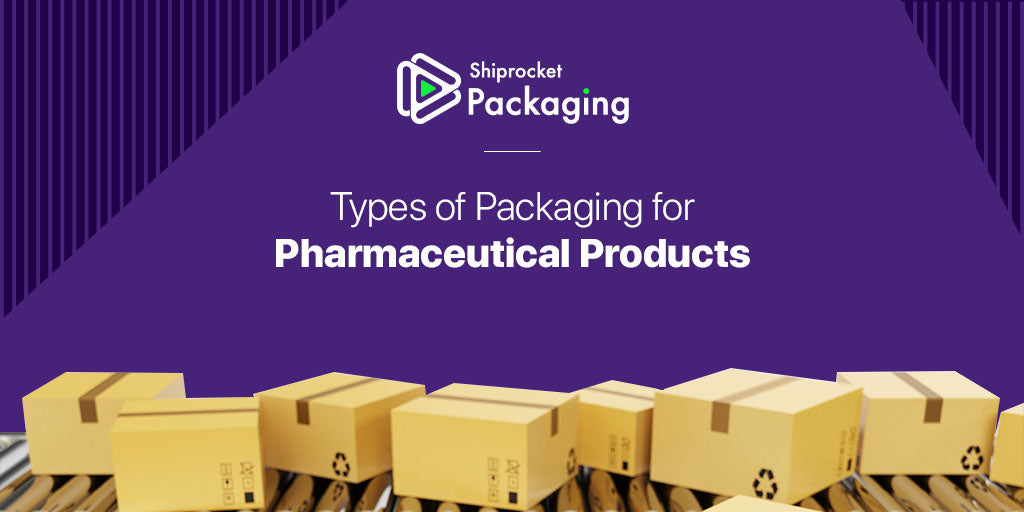Effective packaging is a crucial element for the pharmaceutical industry. It protects the drug during storage, sale, shipping, and use. The packaging of pharmaceutical products also depends on the type of drug as they may react with it.
While for other products, the objectives of packaging include protection, safety, functionality, branding, and attractiveness. For pharmaceutical products, objectives include chemical protection, portion control, containment, and security of the drug as well.
Importance of Packaging for Pharma Companies
Product packaging maintains drug quality. It protects the product from physical damage as well as biological degradation. Some sensitive drugs require protection from light and water as they have sensitive substances. The packaging for pharmaceuticals also needs to disseminate important information. There must be proper and clear labelling—correct information needs to be disseminated.
Product packaging must protect the medicines from contamination and all external influences that may alter the drugs’ property.
Product packaging is a crucial part of any product. But in the pharmaceutical industry, it is critical given the nature of the products. Life-savings drugs and medicines require the utmost care in the form of cover. Besides, stringent packaging standards also apply to pharmaceutical products.
There are three types of packing in the pharma industry - primary, secondary, and tertiary.

Primary Packaging
Also known as sales packaging, primary packaging is significant for pharma companies. This packaging is in direct contact with drugs and medicines. Therefore, the packaging needs to be inert and should not cause any alteration to the salt in the dosage. If the primary packaging is not done correctly, it may affect the drug, and you won’t be sure about the medicine quality and its purity.
The material used for primary packaging must be neutral to ensure it doesn’t interact with the pharmaceutical product during its entire life. However, if the packaging fails, the drug may become life-threatening for the patients who may consume it.
The most common material used for primary packaging includes non-reactive substances, like aluminium and PVC. Likewise, high-quality plastic is used for liquid doses instead of glass. This ensures that the products don’t spill or get damaged during transportation from the factory to the pharmacy. The most common plastics used for tablets and pills include polyethylene, polyvinyl chloride, nylon, polycarbonate, and polyethylene terephthalate.
Different Types of Primary Packaging

The primary packaging consists of packaging material that is in direct contact with the drugs. The different types of primary packaging for pharmaceutical products are as follows:
Blister Packs
Blister pack is the most common pharmaceutical packaging used to hold solid medicines in place. These are pre-formed foil, paper, or plastic packs. Blister packs have a pocket or cavity made from thermoformed plastic. At its backside, there is a paperboard, aluminium foil, or plastic film seal that can be easily punctured by hand. Notably, this seal includes all the important information related to the drug.
Strip Packaging
It is a unit packing dosage and is specifically used to increase the dosage life as it protects the content individually. The most significant difference between blister and strip packaging is that strip doesn’t have thermo-formed cavities. Instead, the packaging is formed around the tablet.
Ampoules
An ampoule is a small glass or plastic container used for packaging liquid drugs and medicines. These are sealed vials generally used to protect drugs from the air and other contamination. They are sealed by melting the top with flame. Notably, glass ampoules are expensive when compared to other types of packaging.
Vials
Vials are plastic, or glass containers specifically used to hold solid, powder, and liquid drugs. They are bigger in size and capacity compared to ampoules. The vials are closed with crimp vials (rubber stopper or metal cap), screw vials (screw cap or dropper), or lip vials (plastic stopper or cork). However, plastic vials have different closure systems - hinge caps - which can be easily closed when pressed. The bottoms of the vials are mostly flat.
Bottles
Most frequently used to carry liquid drugs as well as capsules and formed tablets. Because of excellent properties, glass bottles are most commonly used for liquid doses. And plastic bottles are used for tablets and capsules. Although they come in different colours, the most common is brown and orange as they can prevent ultraviolet light from harming photosensitive contents.
Sachet Packaging
Sachet packaging is a pouch packaging made of plastic for separate doses. Mostly they are used for powder-based medicines. But they can also be used for liquid doses. Sachet packaging can be both single-use as well as resealable.
Secondary Packaging
Once the primary packaging is done, it is the time for the packaging that is called secondary packaging. It is just another layer of packaging which can be any printed material, like boxes.
All the important information is printed on these boxes, like ingredients, manufacturer’s name, address, warning, and type of medicine. The printed information helps the manufacturer to distinguish between different boxes with different drugs easily. The secondary packaging essentially gives the drugs a brand image at the same time, further protects them during transportation.
Tertiary Packaging
The last type of packaging, i.e. tertiary packaging, is important for the shipping process. The end consumers don’t see this packaging. The retailers often remove them before they showcase the medicines in their shops or clinics.
The main objective of tertiary packaging is safeguarding primary and secondary packaging from the external environment during storage and transportation. The most popular pharma product tertiary packaging are plane boxes, cardboards, and shrink wraps.
How to Improve Pharmaceutical Product Packaging?

Let’s now take a look at the 4 best practices to improve pharmaceutical product packaging.
Compliance with Product Regulations
Owing to the nature of the pharmaceutical industry, following all the regulations is compulsory. These regulations are placed to ensure consumer protection and standardize formatting across all the brands and product types. Since pharmaceutical product regulations are complex to understand, it is critical to have knowledgeable staff to ensure all regulatory compliances are met.
Business Process to Support Packaging
Most pharma companies develop labels for hundreds and thousands of products that involve different processes. These processes also include people from different cities or even countries. This volume significantly increases the chances of errors. So, evaluate the process between departments to ensure there are no gaps or inconsistencies in the labelling and packaging of pharmaceutical products.
Automation of Packaging and Labelling
Most pharmaceutical products have expiration dates and even patent protection time. Thus, the manufacturer cannot afford a delay in getting the product to the market. Therefore, there is a need to embrace automation technology in packaging and labelling. First, this decreases the labelling time. Second, this also reduces the chances of error due to minimal human interference.
Optimization of Pharmaceutical Product Packaging
There can be quality control issues in the packaging and labelling process. So, it’s a good practice to test the sturdiness of the package design and check if it will be able to protect the medicines and drugs.
Pharmaceutical packaging is a lot more complicated when compared to other products. If not done right, there can be severe consequences as medicines and drugs are a matter of life and not just any other product.
